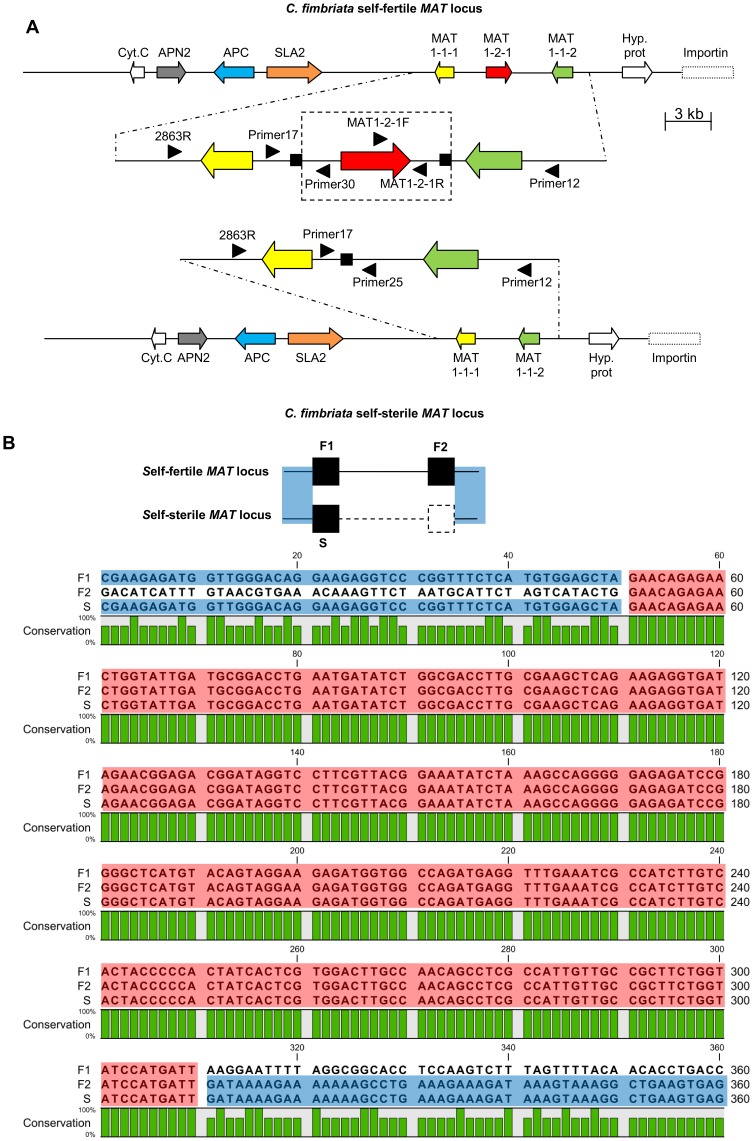Figure 1. The mating locus (MAT-1) and 260 bp repeat motif sequence of self-fertile and self-sterile isolates of Ceratocystis fimbriata.
A. The MAT-1 locus and flanking regions of a C. fimbriata self-fertile (top) and self-sterile (bottom) isolate, drawn to the indicated scale. During the switching event 3581 bp (including the entire MAT1-2-1 gene and 1911 bp of flanking sequence) is lost. Genes are depicted by block arrows, with the arrow head indicating the direction of the ORF. Enlarged sections (not drawn to scale) show the MAT genes. Black blocks indicate the position of the direct repeat regions, while the dashed block indicates the region lost during a switching event. Black arrow heads indicate the position and direction of primers used for analysis of the MAT locus. B. A simplified version of the self-fertile and self-sterile MAT locus of C. fimbriata. Solid blocks and lines indicate repeats and genomic sequence, respectively. F1 and F2 refer to the first and second copy of the repeat in the self-fertile locus, and S to the single copy of the repeat in the self-sterile locus. Dashed blocks and lines indicate the region deleted in the self-sterile isolates. Shading corresponds to that of the alignments. Bottom - An alignment of both versions of the 260 bp repeat from a self-fertile isolate to the same repeat region in self-sterile isolates. Included in the alignment is 50 bp of sequence linked to both sides of all the repeats for sequence comparison. The section of the self-fertile locus to the left of F1 is 100% identical to the region left of repeat S in the self-sterile isolate. Similarly the region following to the right of repeat S in the self-sterile isolate is 100% identical to the sequence right of repeat F2 in the self-fertile isolate. The bottom green bar graph indicates the amount of similarity between the sequences. This indicates the repeats F1, F2 and S are identical in sequence (100% similarity). Blue blocks show the areas of sequence identity between regions outside of the repeats. Red blocks indicate the repeats.

